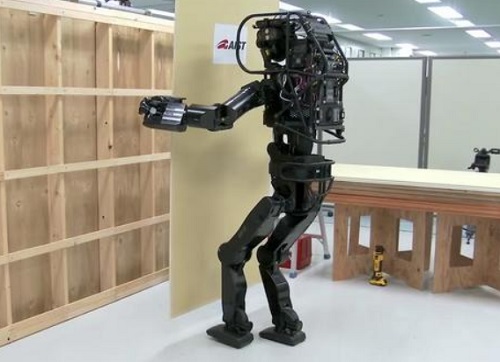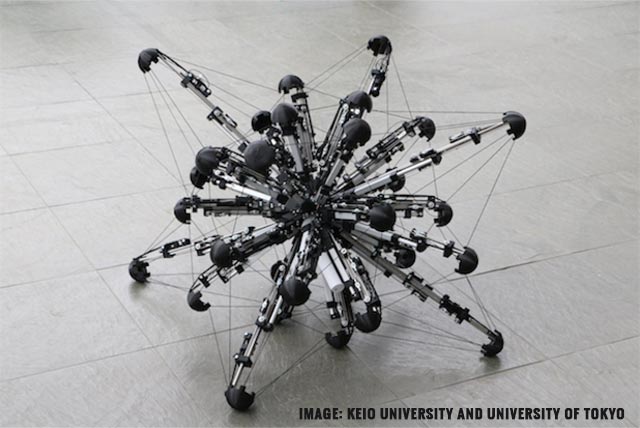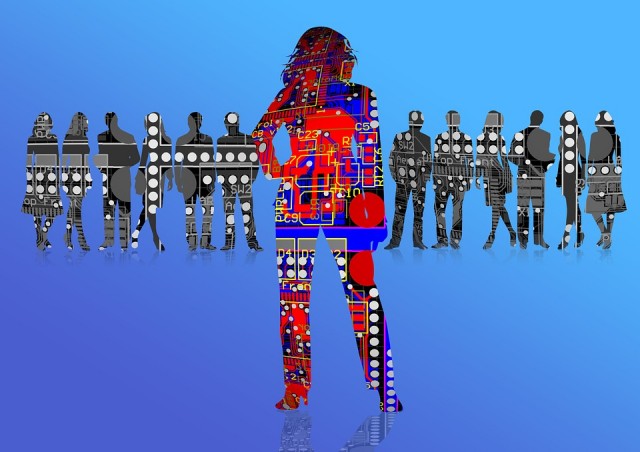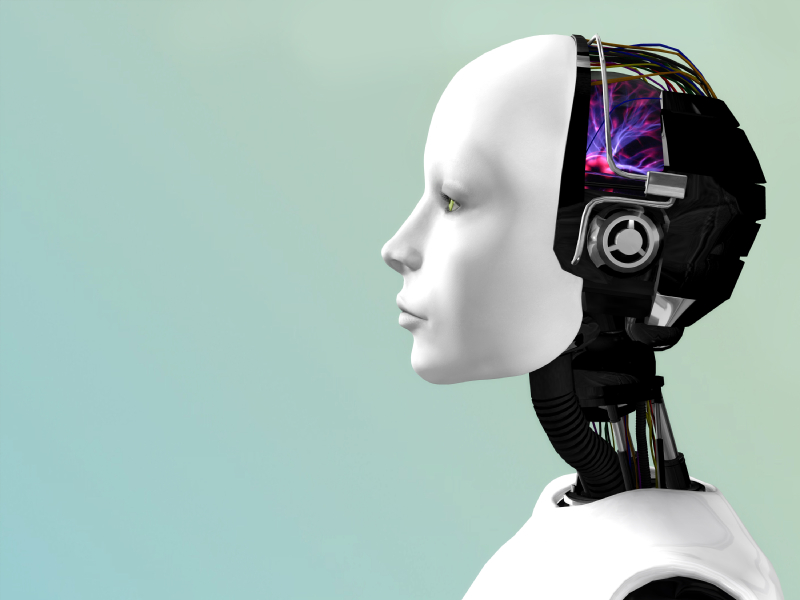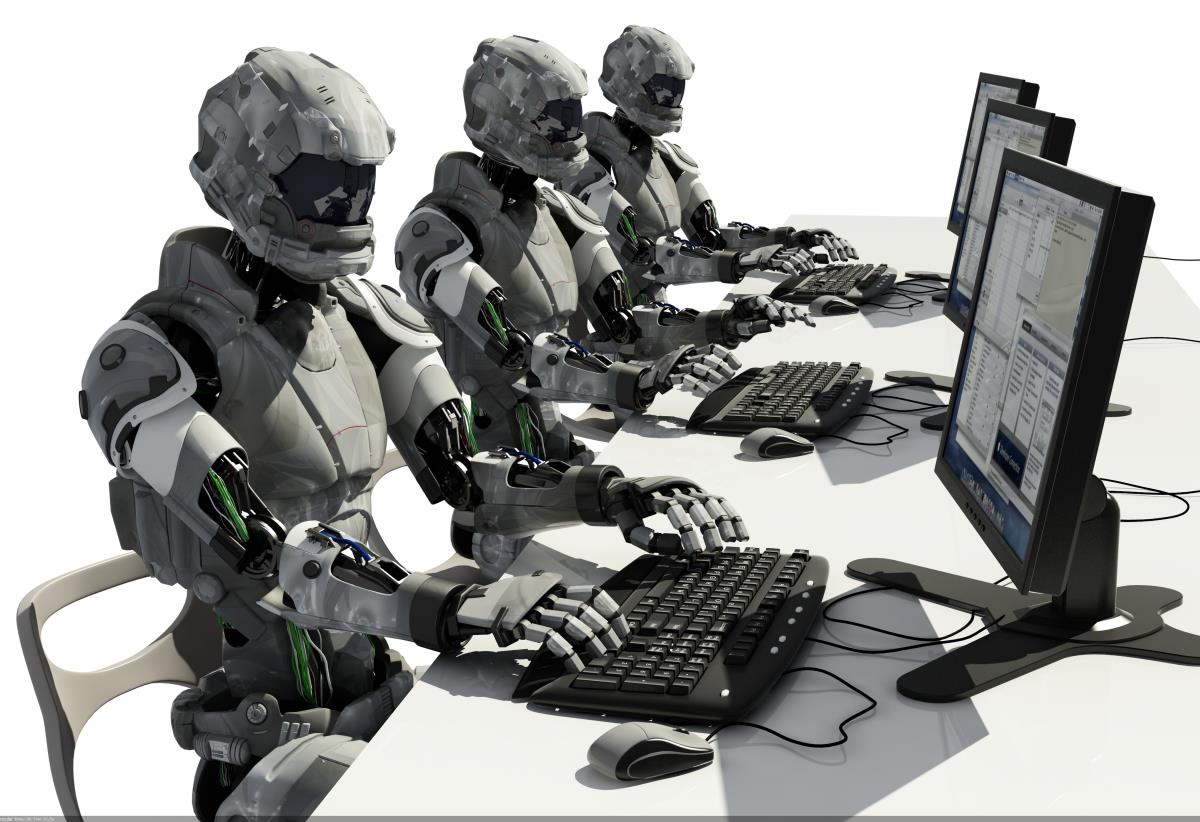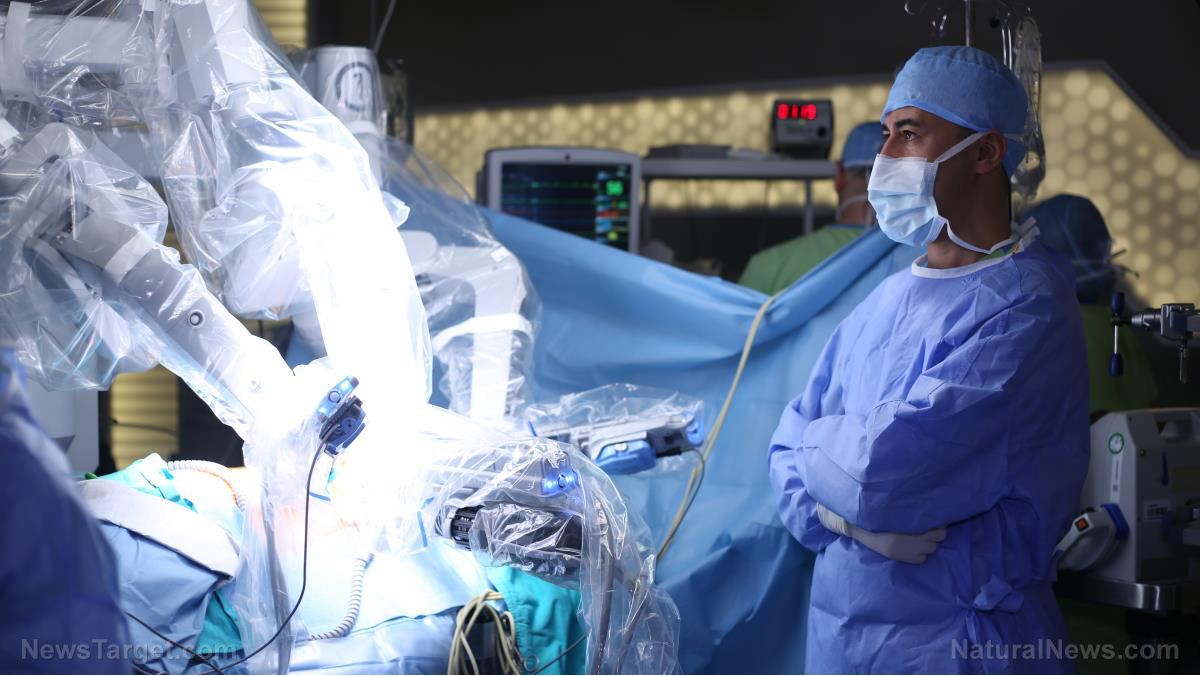Robot takeover to result in job losses to 10,000 employees in Foxconn unit
06/06/2018 / By David Williams
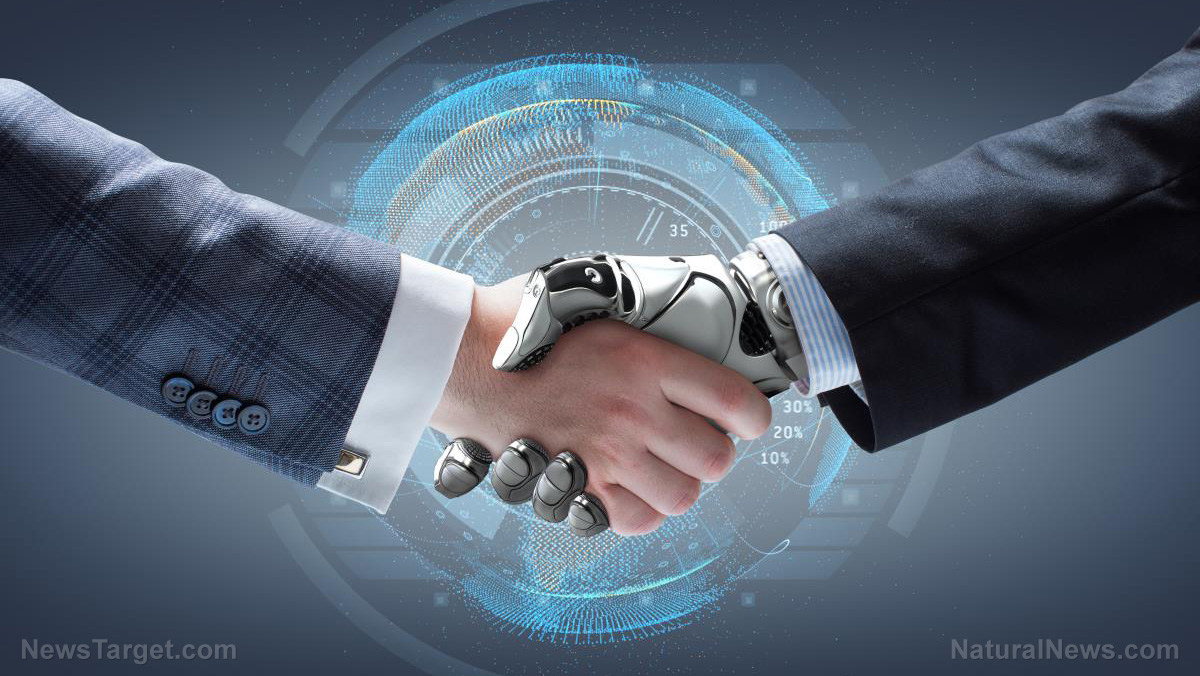
The brunt of the artificial intelligence (AI) takeover that is widely expected to occur across the entire world is going to fall mostly on human workers – paid employees that are often found in assembly lines or certain customer-facing positions. And if you think this only applies to worker positions that could stand to be much more cheaper for businesses or employers, think again.
According to a recent announcement, a subsidiary company owned by Foxconn – the manufacturer of Apple’s iPhone as well as a wide assortment of other products – will remove more than 10,000 people on its staff in a bid to embrace the oncoming robot revolution. Tuan Hsing-Chien, the subsidiary company’s Honorary Chairman, said in a statement: “We will reduce our total workforce to less than 50,000 people by the end of this year, from the 60,000 staff at the end of 2017.”
The subsidiary company, Innolux, has close ties with Foxconn. Although it doesn’t sell directly to Apple itself, its work involves supplying displays for notebooks, monitors, smartphones, and TVs to a number of different well-known technology companies, including Dell, HP, LG Electronics, Samsung Electronics, and Sharp.
It’s interesting to note that, just a few days prior to this announcement, Foxconn Chairman Terry Gou mentioned in a report that the company has plans to invest around $342 million into various processes and equipment that would allow them to make better use of AI in its sophisticated manufacturing process. The move to reduce its workforce is in line with its plans regarding AI and robotics.
According to a report, Innolux is currently working on a new kind of display technology. Dubbed active matrix mini LED, or AM mini LED, it’s said to hold almost all of the advantages that OLED screens offer, including better contrast as well as flexibility that allows them to become foldable. This is according to the company’s Executive Vice President Ting Chin-lung, who also mentioned that they are in talks with car makers to use their mini LED for in-car displays because OLED screens may be too fragile for such uses.
Despite their current advancements in mini LED technology, however, Ting said that they are probably still two years away from making them a mainstream reality, let alone good enough to bring in substantial revenue. But it’s almost certain that they will achieve success with it sooner or later. So when you think about it, their move to replace workers with autonomous robots truly isn’t all about just improving output in their factories.
After all, Foxconn factory employees are among the lowest-paid manufacturing workers in the world. The fact that they are workers in China should be proof enough. But it is known that Foxconn workers are paid only about $400 per month on average, and usually need to work full 12-hour shifts each day. The fact that even they can be replaced by robot workers for the sake of the company’s cost-cutting measures means that AI will have a much bigger impact than most people realize.
Are you prepared for the robot and AI revolution? Some advocate learning how to use the tools that will most likely still be in use despite the proliferation of AI and robot workers. These include certain programming tools that will be needed to instruct the autonomous programs and robots in the first place. Whatever happens, there will be a wide-reaching effect on life as you know it, and it’s best to start preparing today.
Follow the latest updates on robots and AI at Robotics.news.
Sources include:
Tagged Under: AI, articial intelligence, Foxconn, future tech, Innolux, Job cuts, job losses, robot economy, robot takeover, robot workers, robotics, robots, technology

